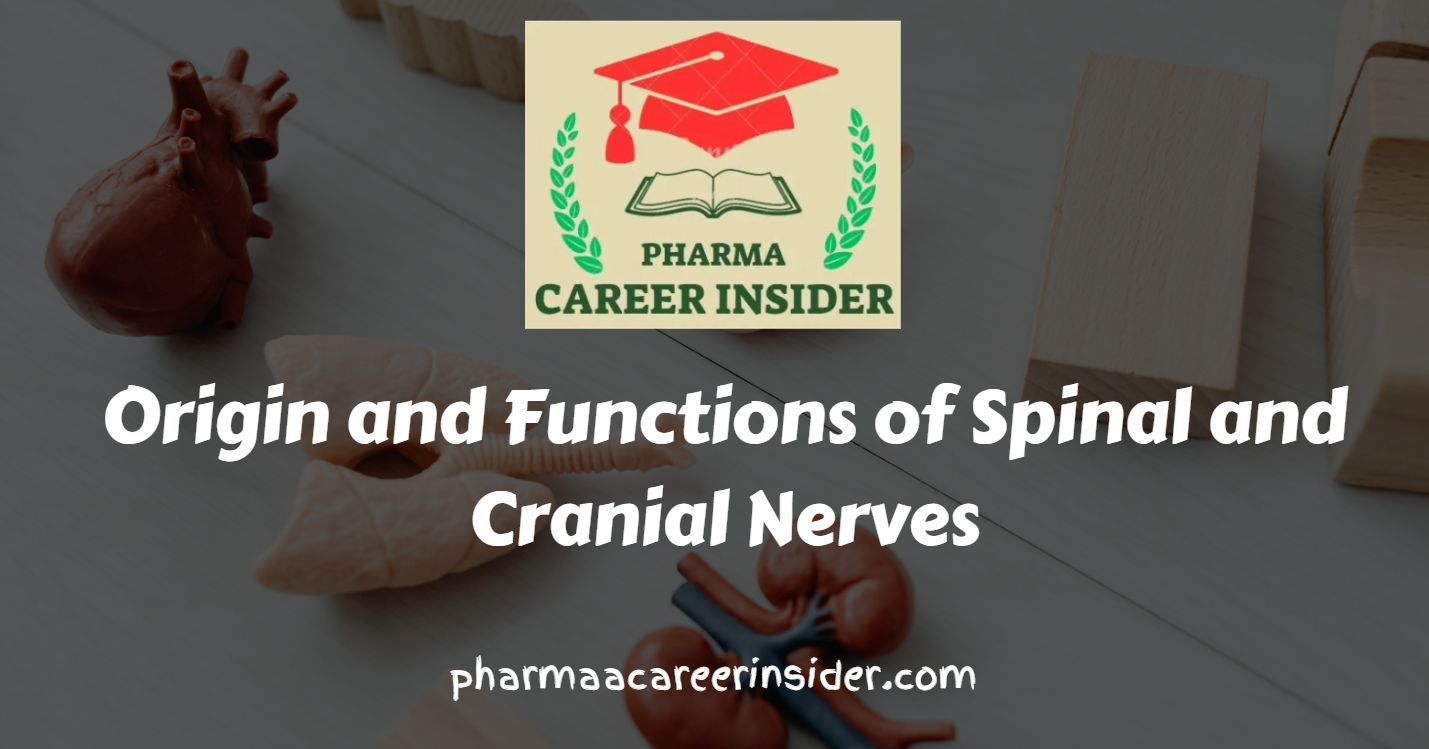Ear: Structure and Functions
The ear is a complex organ responsible for hearing and balance. It consists of three main parts: the outer ear, the middle ear, and the inner ear, each with distinct structures and functions. Here’s a detailed note on the structure and functions of the ear: 1. Outer Ear The outer ear consists of the following … Read more










